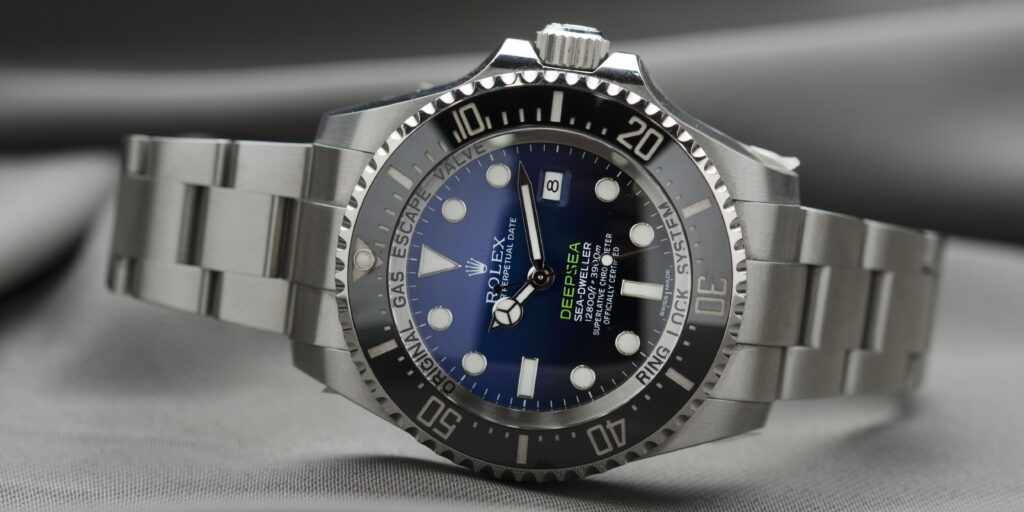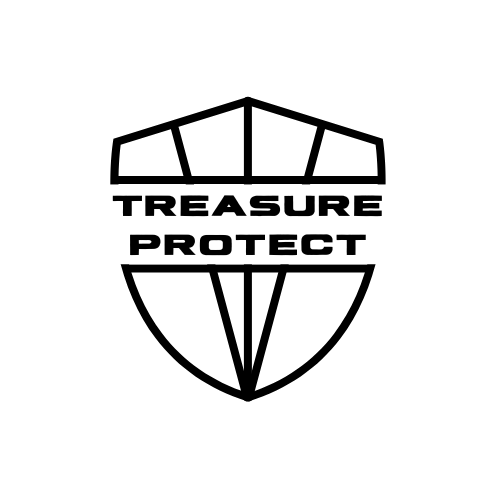Put simply, jewelry insurance is insurance designed specifically to cover your jewelry, watches and loose gemstones from loss, theft or damage. It is standalone coverage — meaning it is a separate policy from any others you may have (ex: home, renters, auto, etc.) In fact, jewelry insurance is usually sold by different companies than those that offer more traditional insurance types.

How does jewelry insurance work?
First you contact a jewelry insurer (more on who that is later) and tell them which item(s) you would like covered. You provide the description and value of the piece(s), and they provide you an annual premium estimate and details of the coverage. In order to prove the value of your piece, however, it typically means getting the jewelry appraised by a third party. This may not be required to get the policy started, but it is typically required within 2 years of when a claim is ultimately filed — so you’re better off getting it as close to the start of the contract as possible. Once approved (with or without an appraisal), the insurer sends you a copy of the policy. You sign and return it, and then you begin paying annual premiums. Some companies offer more frequent payment options, but these usually come with a small processing fee. This first payment, then starts the coverage and your jewelry is protected from loss, theft and damage.
How much does jewelry insurance cost?
Annual premiums tend to be around 1%-2% of the value of your jewelry for most insurers. This is fairly consistent across the industry, so anything significantly different should raise concerns. Also, generally speaking, if you have a deductible on your policy, your premiums will likely skew lower in the range, since you’ve opted to put some skin in the game. Inversely, if you have a $0 deductible policy, the insurer will pay you in full, but your premiums will be on the higher end of the range, maybe even a little higher.
What happens if my jewelry is lost, stolen or damaged?
Hopefully, nothing happens to your jewelry from there on out, but if it does — you’re covered. If you lose, damage or have your jewelry stolen, you re-engage your insurer by filing a claim. If the process is not clear enough from their website, simply call the insurer, and they should be able to walk you through the submission process. From there, they review your claim and pay you the amount to fix, replace or repair your jewelry (based on your original appraisal) less any deductible you may have. In some cases, the policy may even pay out a higher amount than the appraised amount. You will need to check the policy itself for these specifics.
Obviously there is no policy that can make up for the sentimental value of your lost or stolen piece, but you can at least be sure you’re covered monetarily through your jewelry insurance policy.
How is jewelry insurance different than homeowners or renters insurance?
Most homeowner and renter policies do cover the value of items within the house or apartment — but only up to a point, AND only in certain cases. These are HUGE differentiators from jewelry insurance policies. For example, most homeowner/renter policies place specific coverage limits on jewelry, watches and loose gemstones. They regularly limit coverage to ~$1000-$2000 for these items. This is clearly a problem since jewelry often costs well over these limits. The insurance companies’ reasoning behind these limits, is that jewelry is so small, and high value that loss and theft risks are much higher than for other asset types. They do not want to blanketly cover these items along with other more standard items in a house like TVs, furniture and appliances. Therefore, they explicitly place limitations on jewelry coverage in their policies. Additionally, most homeowners/renters insurance, ONLY cover loss due to theft. Rarely do they cover jewelry in the event of loss. And for damages, there is usually a very restrictive list of causes they cover. This is sharp contrast with jewelry insurance, which covers the entire appraised amount (sometimes even more) for almost all losses, damages or thefts.
Finally, one other key difference between homeowners and jewelry insurance, is jewelry insurance’s standalone format. Since jewelry insurance only covers the specific pieces of jewelry you opt to protect, if you file a claim, it won’t increase premiums on any other insurance policies you may have. However, in the homeowners/renters insurance scenario, if you file a claim, not only will you likely not be made whole (as explained above due to max payouts for jewelry), but to add insult to injury — it may also increase your homeowners/renters premiums.

What companies offer Jewelry Insurance?
Jewelry insurance is a bit of a niche offering. Only a couple of the bigger insurers even dabble in the space. The companies that do offer jewelry protection tend to be smaller, and offer jewelry insurance as their sole or main product. Here is an alphabetical list of companies that we know of that offer Jewelry insurance.


